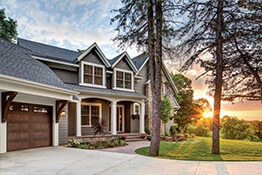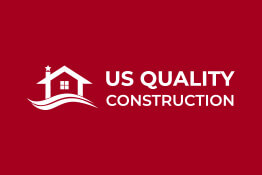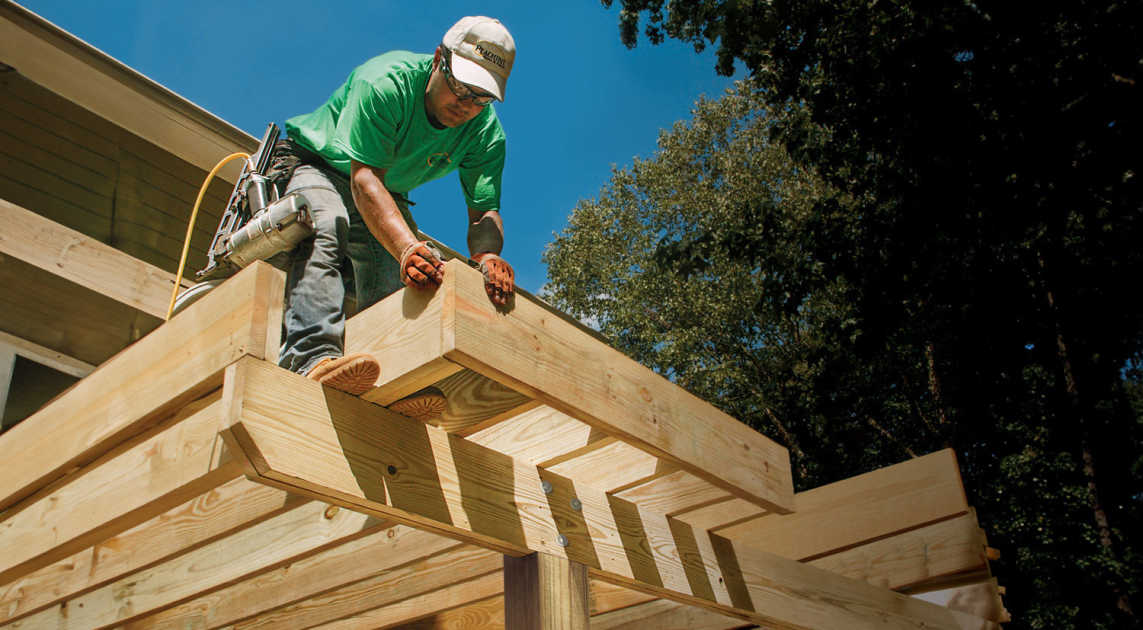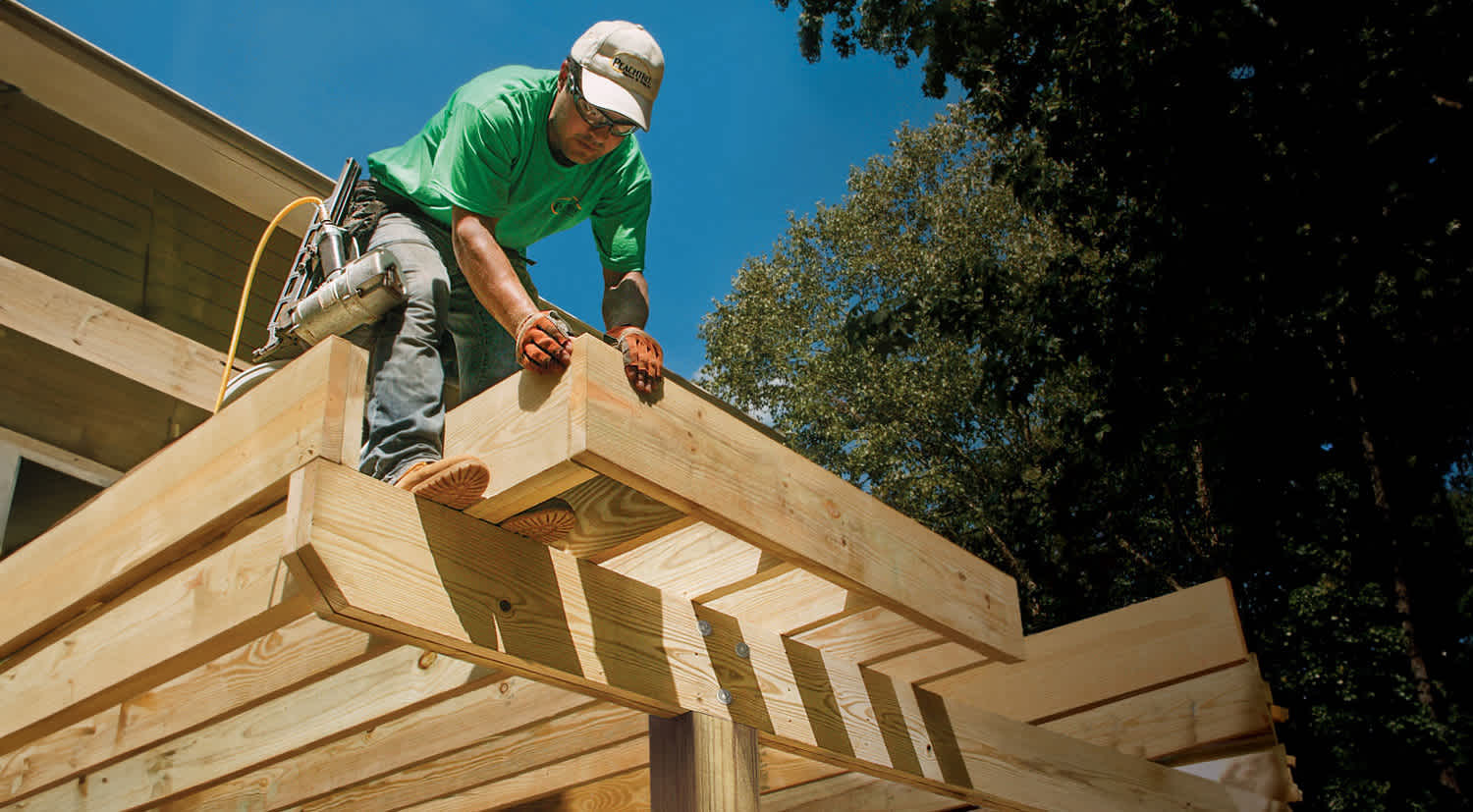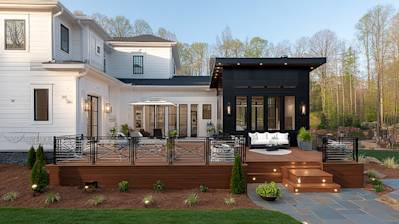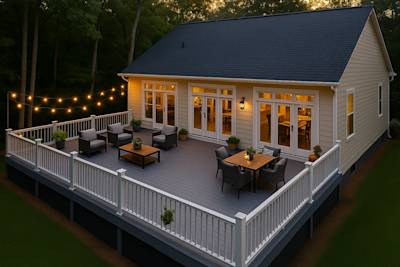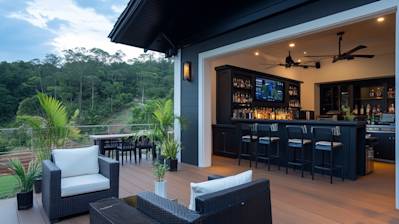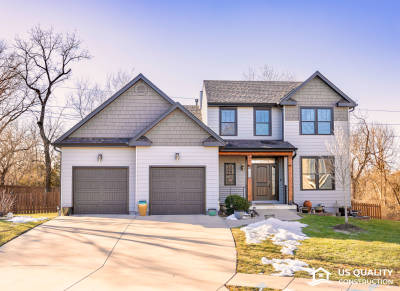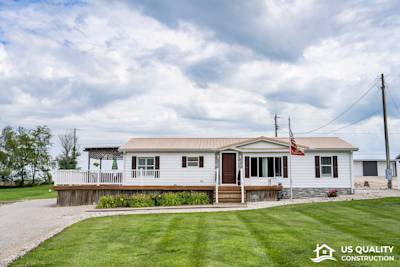Deck framing is an essential part of home improvement projects and outdoor living space construction. It's the initial step to getting that classic deck on your backyard for your family picnics, BBQs, or just quiet reading. With the rise of DIY culture, more homeowners are keen to understand the intricate details of deck framing. Let's dive in to explore this topic in depth.
The Importance of Deck Framing
Understanding deck framing's importance is key to appreciate the aesthetics and safety balance it provides. Deck framing is the skeleton of your deck, literally supporting every furniture piece, family member, and fun-filled activity that occurs on the deck. It ensures that your deck is sturdy, stable, and lasts long. Clearly, careful consideration and understanding are required to get your "deck framing" right.
Understanding the Basics of Deck Framing
Before you delve into the specifics of deck framing, it's essential to grasp the basics, such as knowing the various parts and terminologies involved. Here are some of the key terms:
- Joists: These are the horizontal boards that make up the main structure of your deck frame. They bear the weight of the deck boards and transfer it to the beams.
- Beams: These are the large vertical posts that support the joists. They distribute the weight they receive from the joists down into the ground.
- Footings: These are the supports set deep into the ground beneath your deck, usually made from concrete. They provide the foundational support, anchoring the whole deck structure and resisting frost in cold regions.
Deck Framing Materials
Your choice of materials for deck framing depends on factors such as exposure to elements, the deck's expected lifespan, and your budget. The popular materials include:
- Pressure-treated lumber: This is the most used material for deck framing and is treated to resist rot, decay, and termites.
- Cedar and Redwood: These are natural options known for their beauty and resistance to decay and insects.
- Composite: These are resistant to rot and insects and are made from recycled plastics and wood fibers, making them an eco-friendly option.
Choosing the Right Deck Framing Material
Each material has its advantages and limitations, so your choice should be based on your particular needs and circumstances. Consider factors such as the weather in your location, budget, maintenance demands, and environmental sustainability.
Building a Deck Frame
The process of building a deck frame involves several steps. Although the specifics can vary depending on the design and size of your deck, the general approach includes:
- Planning and Designing
- Preparing the Footings
- Setting up the Beams
- Installing the Joists
- Attaching the Deck Boards
Deck Framing Codes and Regulations
Before you start constructing your deck frame, please note that there are building codes and regulations that you must adhere to. These rules vary by location, so it's advisable to consult with your local building department or a professional contractor.
Maintaining Your Deck Frame
Regular maintenance of your deck frame will enhance its lifespan and maintain its aesthetic value. This includes regular inspection for any structural damage, cleaning, sealing, and protective painting or staining if necessary.
Understanding deck framing is key to building a safe, sturdy, and lasting deck. Whether you decide to do it yourself or hire a professional, this knowledge will be beneficial for your project's success.
Frequently Asked Questions about Deck Framing
What is the purpose of deck framing?
Deck framing is the structural foundation of a deck. Using a deck frame gives your deck strength and support, making it much more durable. It's a crucial step in deck construction that can't be skipped, and it ensures your deck is safe and secure for all sorts of activities.
How do I choose the correct joist size for my deck’s frame?
Joist sizes for a deck’s frame typically depend on factors like the span between support posts, the projected weight on the deck, and local building codes. It's crucial to use the correct joist size to ensure safety and structural integrity of your deck. Consulting with a professional or a local inspector can be especially helpful.
What’s the process of framing a deck?
Deck framing begins by setting posts in concrete footings, ensuring they're well-supported and level. You would then attach the ledger board to your house, install the beams and joists, and finally add surface decking. Always follow your local building codes and regulations when framing a deck.
Do I need a permit for deck framing?
Usually, yes. Most municipalities require a permit for deck framing, especially for structures that are attached to your house or a certain height off the ground. It's always a good idea to check with your local building department for specific instructions.
How should I prepare the ground before deck framing?
The ground should be level and free of vegetation before deck framing begins. You should also check for any buried utilities to avoid causing damage during the construction process.
What's the difference between joists and beams in deck framing?
While both joists and beams are integral parts of deck framing, they perform different functions. Beams typically support the joists, which in turn carry the weight of the decking material. Correct placement of both is crucial to the strength and stability of your deck.
How often should I inspect my deck's frame?
It's a good practice to inspect your deck’s frame at least once a year. Look for signs of rot, loose or corroded fasteners, and any irregular movement. Regular inspection can help catch and fix minor issues before they turn into big problems.
Can I frame a deck on a sloped yard?
Yes, it is possible to frame a deck on sloped ground. Proper planning and engineering are required, often with stepped footings or piers to handle the slope. It can be more complex than framing on level ground, so consider consulting a professional.
Do I need specific tools for deck framing?
Basic tools required for deck framing typically include a circular saw, hammer, drill, level, and measuring tape. Specialized tools like framing squares, posthole diggers and power nailers can also be really handy.
Pros and Cons of Deck Framing
Pros of Deck Framing
Durability
- One of the main benefits of deck framing is its durability. Ensuring that your deck frame is structurally sound is crucial to the overall longevity of the deck.
- Decks framed with high-quality materials like treated lumber, composite or metal can withstand harsh weather conditions and heavy traffic over an extended period.
Increased Home Value
- Proper deck framing can significantly increase the value of a home. A well-structured and aesthetically pleasing deck often leads to higher resale values.
- A well-constructed deck could be a deciding factor for potential home buyers, translating into an impressive return on investment.
Customization and Aesthetics
- Deck framing allows for increased customization. You can design a deck frame that fits the specific aesthetics and functionality you desire.
- With various framing materials and finishes available, you can completely customize your deck to match your home's style and your personal taste.
Expanded Living Space
- Well-designed and constructed deck frames provide an expanded area for family gatherings, parties, or just relaxing outdoors.
- Depending on the deck frame design, the space underneath the deck can also be utilized for storage or as additional outdoor living space.
Cons of Deck Framing
Costly and Time-consuming
- One downside to deck framing is that it can be quite costly. The total cost depends on the materials used and deck size.
- High-quality decking materials, although crucial for durability and longevity, can significantly increase the overall cost.
- Deck framing is also time-consuming, especially if you choose a complex design or high-quality materials that require professional installation.
Maintenance and Upkeep
- Regular maintenance is a must for deck frames to ensure they retain their aesthetics and structural integrity.
- Depending on framing materials, you may need to restain or repaint the deck every few years.
- Wooden deck frames require regular checks for signs of decay, insect infestation, or water damage.
Installation Challenges
- Deck framing construction may pose challenges, especially for complex designs or larger decks.
- Installation requires materials, tools, and skills that most homeowners may not possess. Therefore, hiring a professional can be necessary, adding to the cost.
Weather and Environmental Impact
- Weather is a significant factor that can affect the deck frames. Cold, heat, rain, and wind can cause damage over time.
- Some decking materials may be less sustainable and have a significant environmental impact during production and disposal.
Summary
Mastering the art of deck framing is a great way to ensure your outdoor space will stand the test of time while providing a robust stage for your summer barbecues, family gatherings and quiet coffee mornings. Every enthusiast should take the time to understand the ins and outs of this important process. Deck framing is the backbone of your outdoor space and will surely add value and beauty to your home.
The durability of your deck greatly depends on deck framing. When done correctly, it provides a strong and stable base, anchoring your space securely against wind, weight, and weather. A well-constructed frame can also cater to the aesthetic aspect of your deck. Carefully chosen materials and well-executed craftsmanship contribute to a seamlessly constructed deck framing that's as stunning as the rest of the yard.
No matter whether you're a DIY-er planning your first deck project, or a seasoned professional, always remember the importance of proper deck framing. Its strength protects your investment and guarantees safety for you and your loved ones during your outdoor gatherings. At the end, deck framing is all about creating a sturdy and secure place for creating memories and having fun, with the added bonus of boosting your property's value!
About US Quality Construction
Welcome to US Quality Construction! Nestled in the heart of Kansas City, MO, we take immense pride in being a trusted name in the local construction industry for years. Our team is brimming with seasoned professionals who go above and beyond to ensure that your construction needs are met with utmost precision and care. From bespoke home renovations to sprawling commercial builds, we put in our hearts and souls into crafting structures that stand the tests of time. Embracing new-age technology without compromising on traditional work ethics, US Quality Construction is committed to delivering exceptional service every single time.
Tags: Deck Construction, Framing, Home Improvement,
